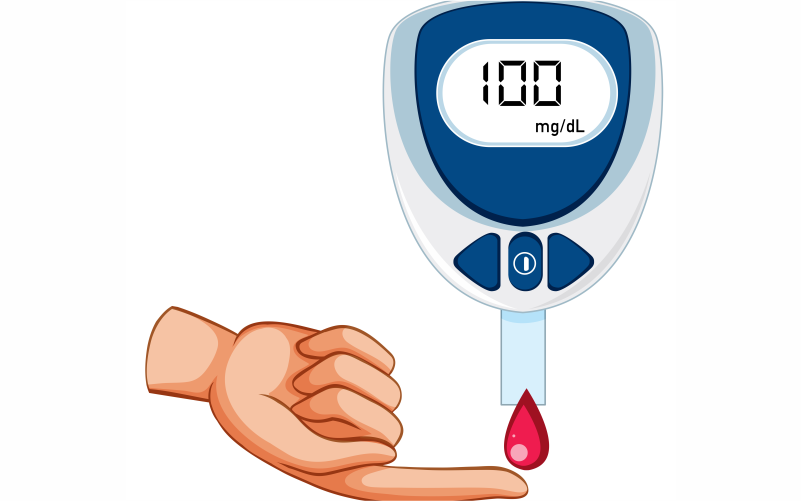Glucose tolerance test
A glucose tolerance test (GTT) is a diagnostic procedure that measures how your body processes glucose (sugar). It helps assess your body’s ability to regulate blood sugar levels and diagnose conditions such as diabetes or impaired glucose tolerance. The test involves drinking a sugary solution and measuring blood sugar levels at specific intervals. Here’s an overview of the glucose tolerance test, including how it works, when it is needed, and potential risks and complications.

How it Works
During a glucose tolerance test, you will be asked to fast overnight (typically for about 8 to 12 hours) before the test. After fasting, your blood sugar level will be measured. Then, you will be given a sugary solution to drink within a specific time frame. Blood samples will be taken at regular intervals (usually every 30 minutes to 2 hours) to monitor how your body processes and metabolizes the glucose. The blood samples are analyzed to determine your body’s response to the sugar load and how well it regulates blood sugar levels.
When it is Needed
A glucose tolerance test may be recommended in the following situations:
Gestational diabetes screening: During pregnancy, to evaluate how your body processes glucose and detect gestational diabetes.
Diabetes diagnosis: When other blood sugar tests (such as fasting blood glucose or HbA1c) show abnormal results, but a definitive diagnosis of diabetes is still needed.
Assessment of impaired glucose tolerance: To evaluate how your body handles glucose if you have risk factors for diabetes or show signs of impaired glucose tolerance.
Monitoring treatment effectiveness: In individuals with diabetes, to assess the effectiveness of diabetes medications or lifestyle changes in managing blood sugar levels.
Risks and Complications
The glucose tolerance test is generally safe, but there are some potential risks and complications:
Nausea or discomfort: Drinking the sugary solution may cause temporary nausea or discomfort in some individuals.
Hypoglycemia: In rare cases, the test may cause blood sugar levels to drop too low (hypoglycemia), especially in individuals with diabetes or insulin resistance. This can lead to symptoms such as dizziness, sweating, or confusion.
Allergic reaction: Although extremely rare, some individuals may experience an allergic reaction to the sugary solution or other substances used during the test.
It’s important to note that the benefits of the glucose tolerance test, such as diagnosing diabetes or assessing glucose metabolism, usually outweigh the potential risks and discomfort associated with the test. It is important to follow your healthcare provider’s instructions and inform them of any existing medical conditions or medications you are taking before undergoing the test.
Overall, the glucose tolerance test is a valuable diagnostic tool that provides insights into how your body processes glucose and helps diagnose conditions such as diabetes. If you have specific concerns or questions about the test, it’s recommended to discuss them with your healthcare provider beforehand. They can provide you with more personalized information based on your individual health needs.







